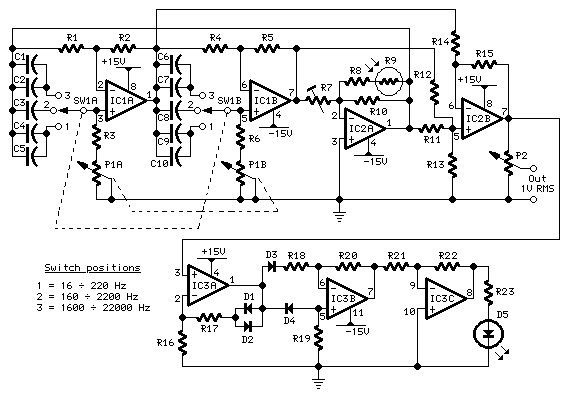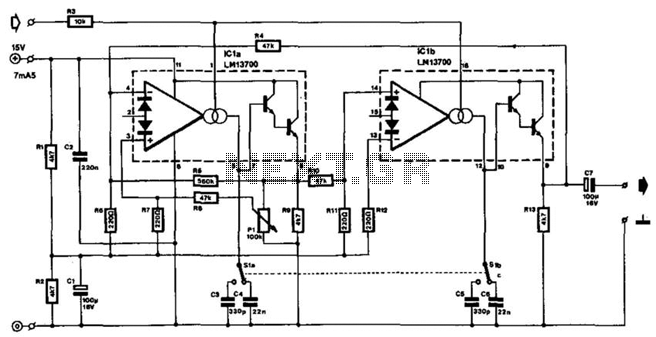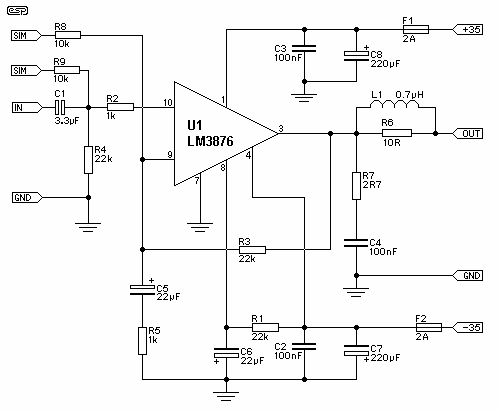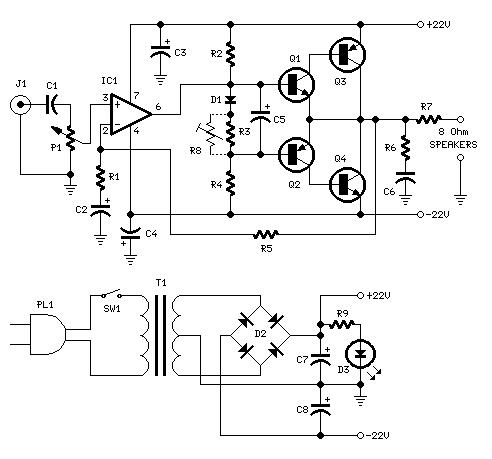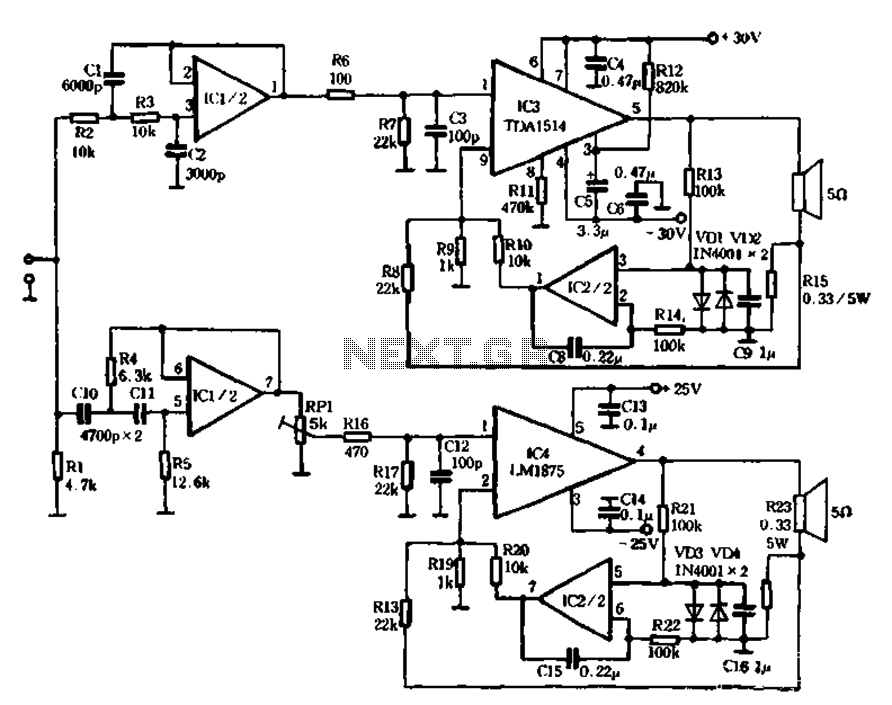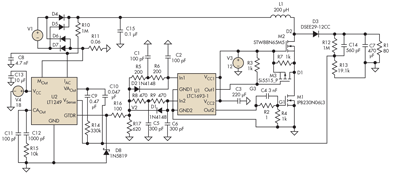
Switchmode Power Supply For Car Audio
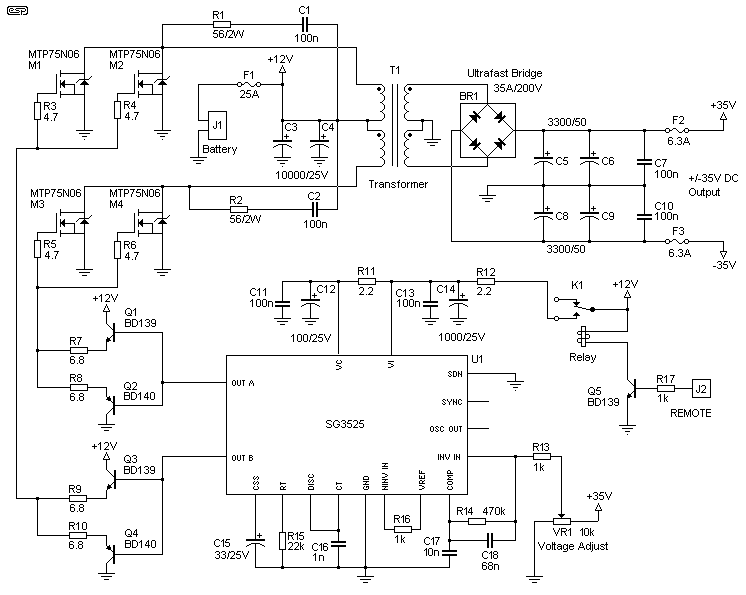
This contributed project is a result of considerable collaboration between Sergio and myself, and should not be seen as necessarily a complete project in itself, but a stepping stone to understanding switching power supplies, how they work, and what you can do with them.
Switching power supplies are essential components in modern electronic circuits, providing efficient voltage conversion and regulation. They operate by rapidly switching the input voltage on and off, which allows for energy transfer through inductors and capacitors, thus maintaining high efficiency and reducing heat generation compared to linear power supplies.
A basic schematic of a switching power supply typically includes several key components: an input filter, a switching element (such as a MOSFET), a transformer or inductor, a rectifier, and an output filter. The input filter is designed to smooth out the incoming voltage and protect the circuit from voltage spikes. The switching element is controlled by a pulse-width modulation (PWM) signal, which determines the duty cycle and, consequently, the output voltage.
The transformer or inductor plays a critical role in energy transfer and voltage transformation. In a flyback converter configuration, for instance, energy is stored in the magnetic field of the transformer during the "on" phase of the switching element and released to the output during the "off" phase. The rectifier then converts the alternating current (AC) output from the transformer into direct current (DC), which is further smoothed by the output filter to provide a stable voltage to the load.
Feedback mechanisms are often incorporated to regulate the output voltage, ensuring that it remains constant despite variations in input voltage or load conditions. This can be achieved through various methods, including voltage sensing and error amplification.
Understanding the operation and design principles of switching power supplies is crucial for developing efficient and reliable electronic systems. This project serves as a foundational reference for those looking to delve deeper into the field of power electronics.This contributed project is a result of considerable collaboration between Sergio and myself, and should not be seen as necessarily a complete project in itself, but a stepping stone to understanding switching power supplies, how they work, and what you can do with them. 🔗 External reference
Switching power supplies are essential components in modern electronic circuits, providing efficient voltage conversion and regulation. They operate by rapidly switching the input voltage on and off, which allows for energy transfer through inductors and capacitors, thus maintaining high efficiency and reducing heat generation compared to linear power supplies.
A basic schematic of a switching power supply typically includes several key components: an input filter, a switching element (such as a MOSFET), a transformer or inductor, a rectifier, and an output filter. The input filter is designed to smooth out the incoming voltage and protect the circuit from voltage spikes. The switching element is controlled by a pulse-width modulation (PWM) signal, which determines the duty cycle and, consequently, the output voltage.
The transformer or inductor plays a critical role in energy transfer and voltage transformation. In a flyback converter configuration, for instance, energy is stored in the magnetic field of the transformer during the "on" phase of the switching element and released to the output during the "off" phase. The rectifier then converts the alternating current (AC) output from the transformer into direct current (DC), which is further smoothed by the output filter to provide a stable voltage to the load.
Feedback mechanisms are often incorporated to regulate the output voltage, ensuring that it remains constant despite variations in input voltage or load conditions. This can be achieved through various methods, including voltage sensing and error amplification.
Understanding the operation and design principles of switching power supplies is crucial for developing efficient and reliable electronic systems. This project serves as a foundational reference for those looking to delve deeper into the field of power electronics.This contributed project is a result of considerable collaboration between Sergio and myself, and should not be seen as necessarily a complete project in itself, but a stepping stone to understanding switching power supplies, how they work, and what you can do with them. 🔗 External reference
